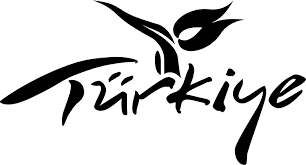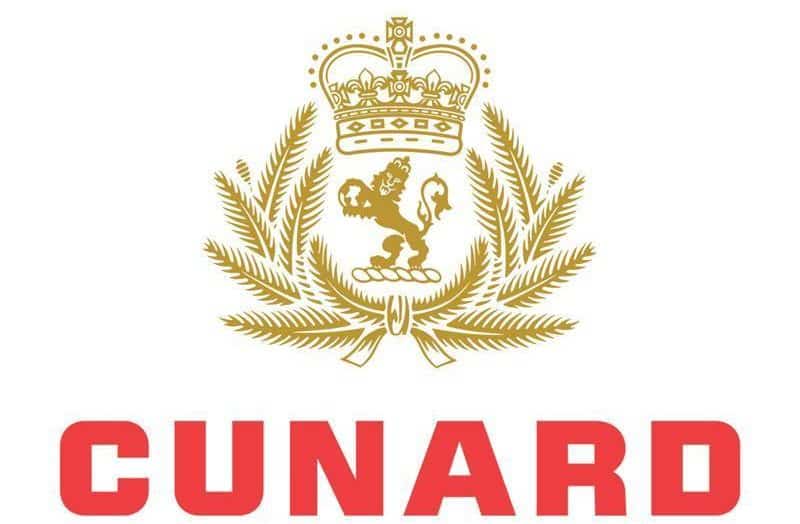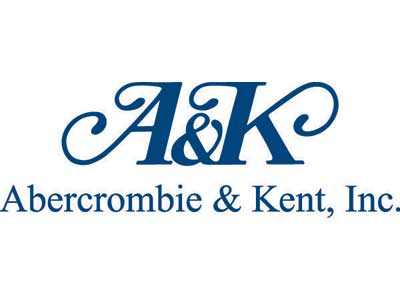Iceland’s stunning Reykjanes peninsula – a lifechanging top100 experience

Top100 Sustainable Destination where visitors experience first hand the awesome forces of the elements and Mother Earth
In geological terms Iceland is an island in the making. Its unique features make the island attractive as a tourism destination and it might even get onto your bucket list.
The Reykjanes peninsula is located in the southwest of Iceland and is by many considered one of the countries secret attractions. With its vast and rugged volcanic landscapes, abundant geothermal energy fields and diverse cultural scene the peninsula has emerged as one of Iceland’s phenomenal hidden secrets. Here it is possible to explore both unique landscape and local culture, benefiting from being both remote and accessible all year round.
For the past few years the municipalities of Reykjanes peninsula have worked together to create a management plan for tourism development in the area with a positive impact on both industry and society. The plan puts emphasis on nature, community and industry and the impact these factors have on society and economy.

The utterly unique wonders of Reykjanes
The peninsula, with its diverse volcanic and geothermal areas, is a certified UNESCO Global Geopark since 2015 and is the only place in the world where the Mid-Atlantic Ridge is clearly visible above sea level and where you witness the effects when the teqtonic plates drift apart.
The Reykjanes Geopark is located on major plate boundaries – the Mid-Atlantic Ridge – part of the 40,000km continuous system of mid-ocean ridges that circle the floors of all the Earth’s oceans like a seam of a baseball or cricket ball. Although 90% of this mountain range lies deep below the surface of the ocean, it rises above sea-level right here on the very tip of the peninsula and diagonally crosses Iceland from the south-west to the north-east. Here you can read the area’s geological history several hundred thousand years back in time, although most of the strata are less than 100-200 thousand years old. The last series of eruptions on the Reykjanes Peninsula began around AD 1000 and ended 250 years later.

UNESCO Global Geoparks are single, unified geographical areas where sites and landscapes of international geological significance are managed with a holistic concept of protection, education and sustainable development.
A UNESCO Global Geopark, like Reykjanes, uses its geological heritage, in connection with all other aspects of the area’s natural and cultural heritage, to enhance awareness and understanding of key issues facing society in the context of the dynamic planet we all live on, mitigating the effects of climate change and reducing the impact of natural disasters.

By raising awareness of the importance of the area’s geological heritage in history and society today, UNESCO Global Geoparks give local people a sense of pride in their region and strengthen their identification with the area. The creation of innovative local enterprises, new jobs and high quality training courses is stimulated as new sources of revenue are generated through sustainable geotourism, while the geological resources of the area are protected. (http://www.globalgeopark.org/aboutGGN/6398.htm )
Reykjanes Unesco Global Geopark is a truly outstanding geological territory with an enormous geodiversity and several geosites of international recognition. It is home to many important geological formations, some of which are utterly unique, including numerous types of volcanoes in at least four separate volcanic zones, with hundreds of open fissures and faults.
The landscape that makes up the peninsula is characterised by tuff mountains and hyaloclastite ridges that formed in subglacial eruptions, as well as several series of craters and other large shield volcanoes from more recent times. In many places, there are lava stacks that formed in fissure eruptions, when large volumes of lava flowed from craters in the faults. Eruptions in Reykjanes are rarely accompanied by ash except where the volcanic fissures opened underwater or in the sea.
When visiting these unique natural features of the peninsula and geosites, visitors experience first hand the awesome forces of the elements and mother earth. The heat and power coming from the geothermal areas in the highlands and lowlands, the power and mesmerising interaction of the ocean and the coastline, the vastness of the rugged lava fields, the Blue Lagoon – one of 25 wonders of the world – and for and the best part is that they are remarkably accessible all year round.
Nowhere in Iceland – and possibly in the world – do visitors have such a clear and easy access to unique and unspoiled geological areas as on the Reykjanes peninsula. With the only international airport located in the Geopark and the capital city of Reykjavik at the outskirts, the area is easily accessible all year round.

Good stories are for sharing
Just like the rest of the inhabitants of Iceland, the people of Reykjanes peninsula have a natural knack for storytelling, and our goal is to share those stories to increase the positive perspective towards the region.
The stories are one of the reasons Reykjanes is part of the Global Geopark Network, as it is important to tell the stories that evolve around our community living and adopting to the nature and landscape.
Our stories are of our people, the nature and our history. The area is rich of stories connected to the long tradition of fisheries, the sports and the rich music scene.
And the Reykjanes people want their stories and visitor’s life-enhancing, life-changing experiences shared around the world.
Reykjanes Unesco Global Geopark -good stories you can tell!
More information here: https://www.visitreykjanes.is/

 United Kingdom
United Kingdom United States
United States Asia Pacific
Asia Pacific












































BA pilot dies during layover
Dozens fall ill in P&O Cruises ship outbreak
Turkish Airlines flight in emergency landing after pilot dies
Boy falls to death on cruise ship
Protestors now targeting Amsterdam cruise calls